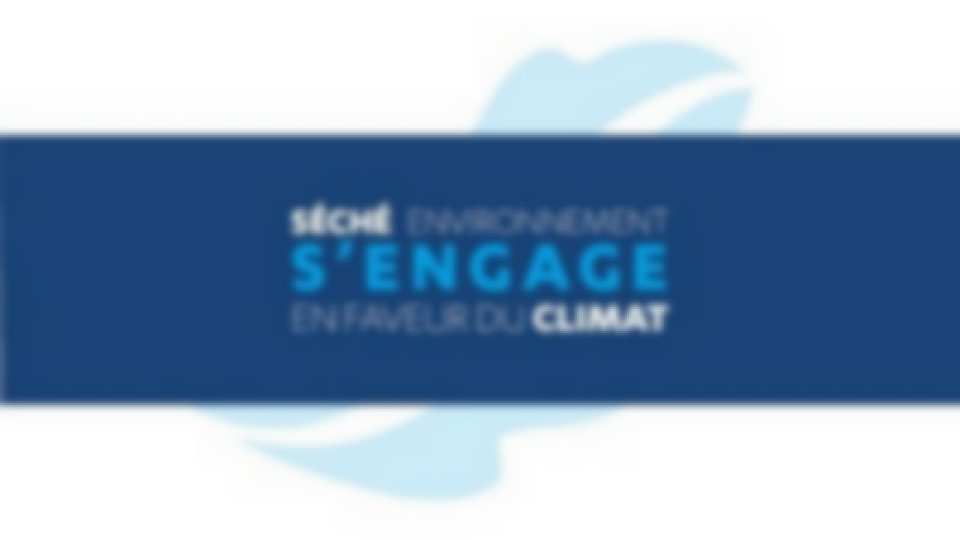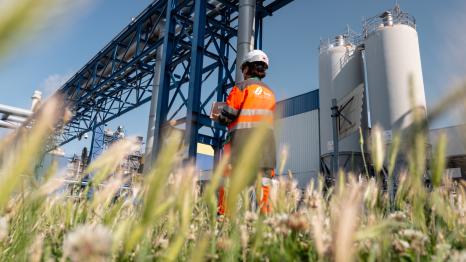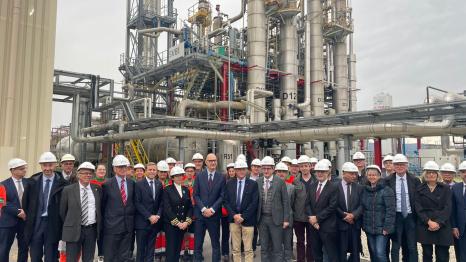Climate strategy: Séché Environnement aims to reduce emissions by one-quarter by 2030
On 3 February, Séché Environnement, a leading player in the circular economy, announced an ambitious decarbonisation strategy in line with the Paris Agreement on the fight against climate disruption. Under the strategy, the Group is targeting a 25% reduction in its emissions by 2030 and aims to shrink the carbon footprint of its customers through a 40% increase in avoided emissions by 2025.
Since it was founded in 1985, Séché Environnement has rolled out initiatives to reduce its environmental impact and that of its customers. In 2022 the Group is stepping up its resolute commitment to an ambitious decarbonisation trajectory. To align with the Paris Agreement, aimed at limiting global warming to 1.5°C, the Group, with the support of the Carbone 4 design office, has built a decarbonisation strategy with the two following objectives:
OBJECTIVE 1 : REDUCE GROUPE EMISSIONS BY 25% by 2030
To reduce the carbon footprint directly linked to its activity, Séché Environnement is committed to reducing its direct CO2 equivalent emissions by 10% by 2025 and a full 25% by 2030. To that end, Séché Environnement has identified some 60 actions in the following main areas:
- the decarbonisation of transport,
- optimised waste incineration,
- increased biogas capture.
Séché Environnement aims to make its industrial sites a model in carbon impact reduction.
OBJECTIVE 2: SUPPORT THE DECARBONISATION OF ITS CUSTOMERS WITH AN OVER 40% INCREASE IN AVOIDED EMISSIONS BY 2025
To shrink the carbon footprint of its customers, the Séché Environnement Group plans to increase its high value-added recycling activities and to increase the volume of low-carbon energy produced and recovered at its waste recovery facilities. By doing so, it expects to increase avoided emissions by over 40% for its customers by 2025.
Creation of a high value-added circular economy loop
By recovering used raw materials in products directly reusable by manufacturers, the Group is leading a circular economy approach and proposes adapted solutions to help its customers reduce their carbon footprint. For example, the Group is able to supply high value-added recycled material such as bromine. Séché Environnement is the sole recycler of bromine worldwide and intends to further boost production of the element. The carbon impact of a tonne of recycled bromine is over 20 times lower than that of the extraction process in the natural environment. The Group is also active in the supply of solvents recycled at its distillation facilities, the production capacity of which will be strengthened. The carbon impact of a recycled solvent is 80% lower than that of a new solvent.
Energy recovery from waste

Trédi Salaise heating network (Isère), which supplies the Roussillon chemical platform
Electricity, heat and biogas generated through waste recovery are low-carbon energies that enable Séché Environnement customers – business and local authorities alike – to reduce their use of fossil fuels. For example, at Salaise-sur-Sanne, Trédi, a Séché Environnement subsidiary specialised in hazardous waste management, is able to supply some 600,000 tonnes of steam to manufacturers at the Roussillon chemicals platform, equal to half of their energy needs. This energy will be used to limit the use of fossil fuels and greenhouse gas emissions to the tune of 180,000 tonnes of CO2 a year, equivalent to the emissions of a city of 23,000 inhabitants.
“Right from its creation in 1985, Séché Environnement stood apart through its innovative and ambitious environmental strategies. The Group contributes directly to the protection of the environment and health by treating pollutants and greenhouse gases. The implementation of a decarbonisation strategy is entirely consistent with our previous commitments. Taking account of the specific characteristics of each of our industrial sites, the aim with the new plan is not simply to reduce our own emissions but to devise solutions to avoid the production of additional emissions by helping our customers to decarbonise, the common goal being to protect the most precious resource: our environment.”
Maxime Séché, CEO of Séché Environnement
TO FIND OUT MORE





